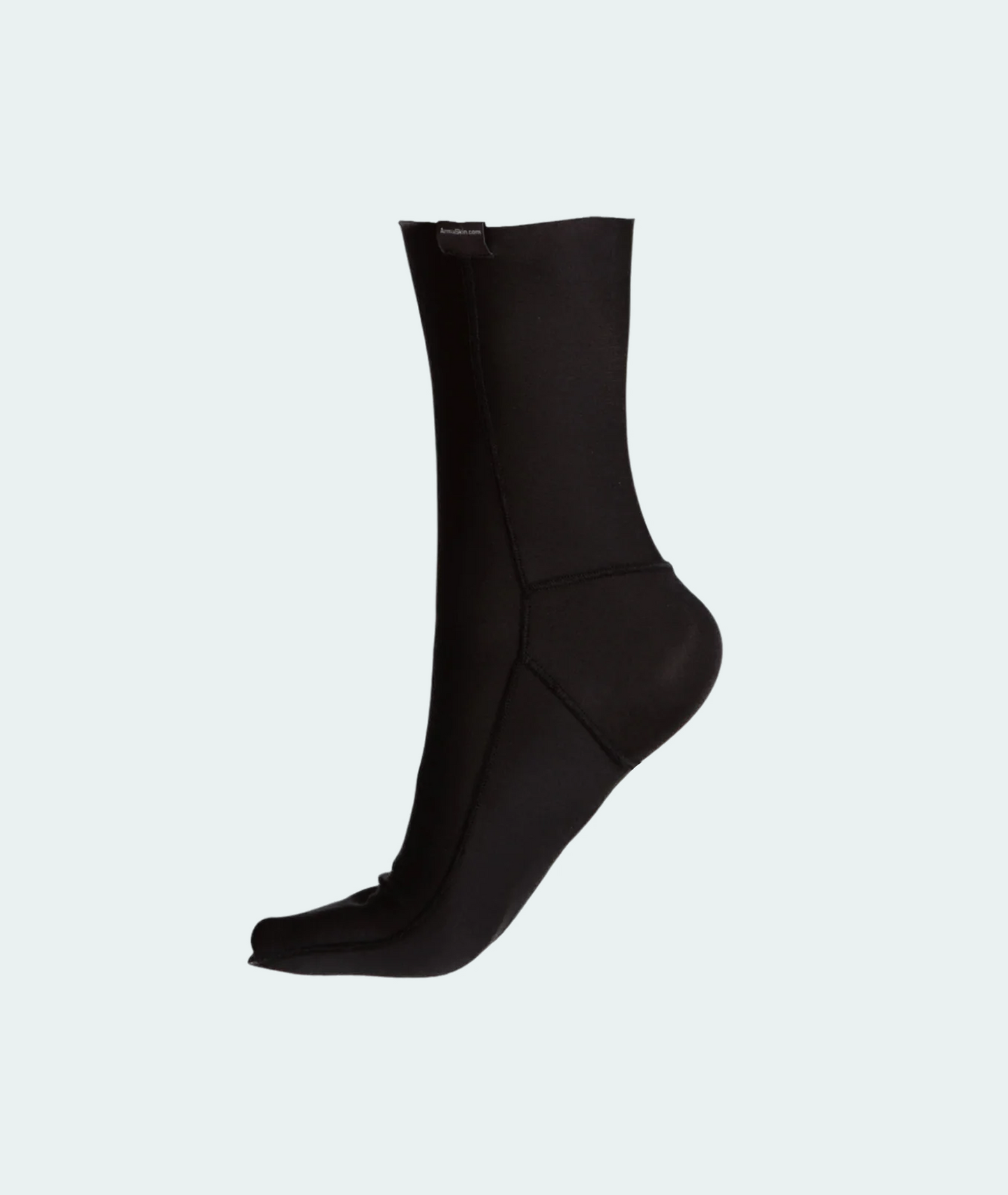
by Kyt Lyn Walken
Introduction
“Nothing is softer or more flexible than water, yet nothing can resist it.” — Lao Tzu
We often underestimate the importance of having good water supplies during all our activities. Especially if we find ourselves in an emergency situation.
Having enough water is critical, especially if our intention is to spend several days in the Great Outdoors.
We should be able to rely only on:
- the provisions we have
- purification systems
- our expertise as survivalists
Even when the weather is likely to be not so sunny, our body needs a supply of fluids to support the efforts we are making or to what we are going to face.
Therefore, getting more than one bottle is not just a matter of common sense, but also of prudence!
The absence of springs, mountain huts, and so on can make us bitterly regret having underestimated our water requirements.
However, drawing water from unsafe sources is a fatal mistake that we must necessarily avoid.
If we do not have any water filtration and purification system (although there are several on the market, and very good ones!), we can however build one by ourselves using a plastic bottle and a piece of rope (or twine, or even .. a shoelace)! Or, we can go with other methods too.
In this article we will lift the lid on how to do that, resorting to some basic items we likely have inside our backpacks.
Why purifying water
“We forget that the water cycle and the life cycle are one.” — Jacques Yves Cousteau
Getting water from any stream without processing it is a huge mistake we need to avoid. Even if we find ourselves hiking at high altitudes, we cannot just grab our canteen and start to refill it at the first high mountain creek we run into.
It doesn't work that way!
Don’t Let Blisters Slow You Down!
Discover the ultimate solution with ArmaSkin Anti-Blister Socks. Designed with advanced friction-reducing technology, these socks keep your feet dry, comfortable, and blister-free – no matter the challenge.
Shop NowWithout any safety procedure, a simple act like this can contain all the ingredients for a disaster.
Let me tell you about a situation I personally assisted in several years ago.
I was hiking in the Dolomites, at 6560 feet. On my way up to a bivouac, I ran into a group of ten people led by a guide. The trail flanked a tiny creek. The guide invited his group to refill their canteen.

I observed the scene in silence, and moved on.
While I was 320 feet away, I noticed the carcass of an ibex, right in the middle of the stream.
The carelessness of that guide might be the cause of some serious diseases of the participants he was supposed to care of.
I have this episode stuck in my mind. The moral is very simple: you may never know what is or was in the water you are collecting.
Staying to the basic principle "better be safe than sorry" could actually save your life. And others too! Or, at least, it could prevent yourself from getting some serious illness.
What's inside the water
“Water is the driving force of all nature.” — Leonardo da Vinci
Bacteria happen to be everywhere, from water which flows on the surface to groundwater.
The presence of some bacteria can be harmful to our health, especially in people who are more at risk, like elderly people, or if we are over fatigued.
Bacteria, along with parasites and viruses, can lead to some tragic consequences.
Coliform bacteria, for example, is one of them. Escherichia Coli is part of this family. This bacteria can cause nausea, diarrhoea, cramps, vomiting, headaches, physical and mental fatigue, fever. Ultimately, it may cause even death.
As a matter of fact, faecal matter does surely contain many pathogens and bacteria too. By that, if you approach a mountain creek with no doubt at all, please... step back and reconsider the whole thing.
For example, ungulates' urine, parts of carcasses etc are real dangers to water quality.
Making water drinkable
You can still make that water drinkable by resorting to some good, and reliable water filtration systems you may easily find in Outdoor stores. Or you can use some water purification tablets. The market has plenty of them.
But... what if you don't have any of them?
You can still sort out the whole situation using some knowledge, essential handcraft, smartness and, again,... common sense.
Even if you don't have purpose built equipment, you can still use employ a bunch of very basic items, like a plastic bottle, to create your own purification system.
Personally speaking, I learned this method – and put into practice – while attending to Conservation Ranger Course back to 2018, in order to become an Antipoaching Ranger.
It was part of the Survival Program to volunteer as Ranger in African Continent.
Let's discover more about that!
How to purify water - if you have a plastic bottle with you!
“The cure for anything is salt water: sweat, tears or the sea.” — Isak Dinesen
It goes without saying that the initial water filtering process must be followed by boiling (for at least fifteen minutes corresponding to about 500 ml of it), in order to eliminate most of the viruses, parasites and bacteria which are contained.
What you need
- An empty plastic bottle about 16 oz (500ml)
- A cutting tool
- A shoe lace – or a paracord – or a thin rope
- A gauze cut in pieces
In order to create an effective filter, you need to cut the plastic bottle into two parts, pretty much in the centre. The "bottom" part will act as a reservoir for the filtered water, the other part will be the filter.
To make it effective, it is necessary to create different layers in it (one made of sand, one of small stones or gravel, and so on), and, if possible, alternate them with gauzes, which will be able to retain impurities.
Strictly avoid forming a layer of leaves! The presence of tannin in them, in fact, will make the water impure and even toxic.
Once you have finished composing the different layers, make two holes in your filter, passing a string through them, and hang the filter on a branch. Position the reservoir below.
Pour the water you wish to purify into the filter - and wait patiently, drop by drop, for your water to accumulate.
Once collected boil it!
How to purify water with a distillation system (solar still)
By this method, you are able to get some fresh water out of a very easy process. All you need to do is to dig a hole in the ground. Also create a small hole – almost mug size – in the centre, placing your canteen/cup in it.
If you put some green plants inside the hole it will provide better moisture creation.
Cover the hole with a sheet eg plastic bag, tarp, plastic jacket etc. You can use stones or pegs to keep the cover in place. Clear plastic is best if you have it.
Once you secure the sheet all over the edges in order to prevent it from collapsing inside the hole you previously dug, put a small rock right in the middle of the sheet above the cup.

Then, all you have to do is wait!
This process works even with salt water, ensuring a desalination of the water.
This method is surely the best way to go when you find yourself in an emergency situation and you have the conditions to make it work: staying overnight, soft ground, and so on.
How to purify water with charcoal
In some cases, the employment of activated charcoal happens to be the ideal water filter .
It is able to remove toxins from the water without compromising the benefits of the water itself in terms of salts and important minerals.
By collecting some charcoal from your campfire with a canteen, you can pour some greywater through it, and then proceed with boiling the water you got.
About the author: Kyt Lyn Walken
- Certified Wildlife Conservation Ranger at Conservation Ranger Operations Worldwide
- Official Representative & Instructor at Hull’s Tracking School
- Directora de Rastreo Humano por Dynamic Tracking (Spain)














